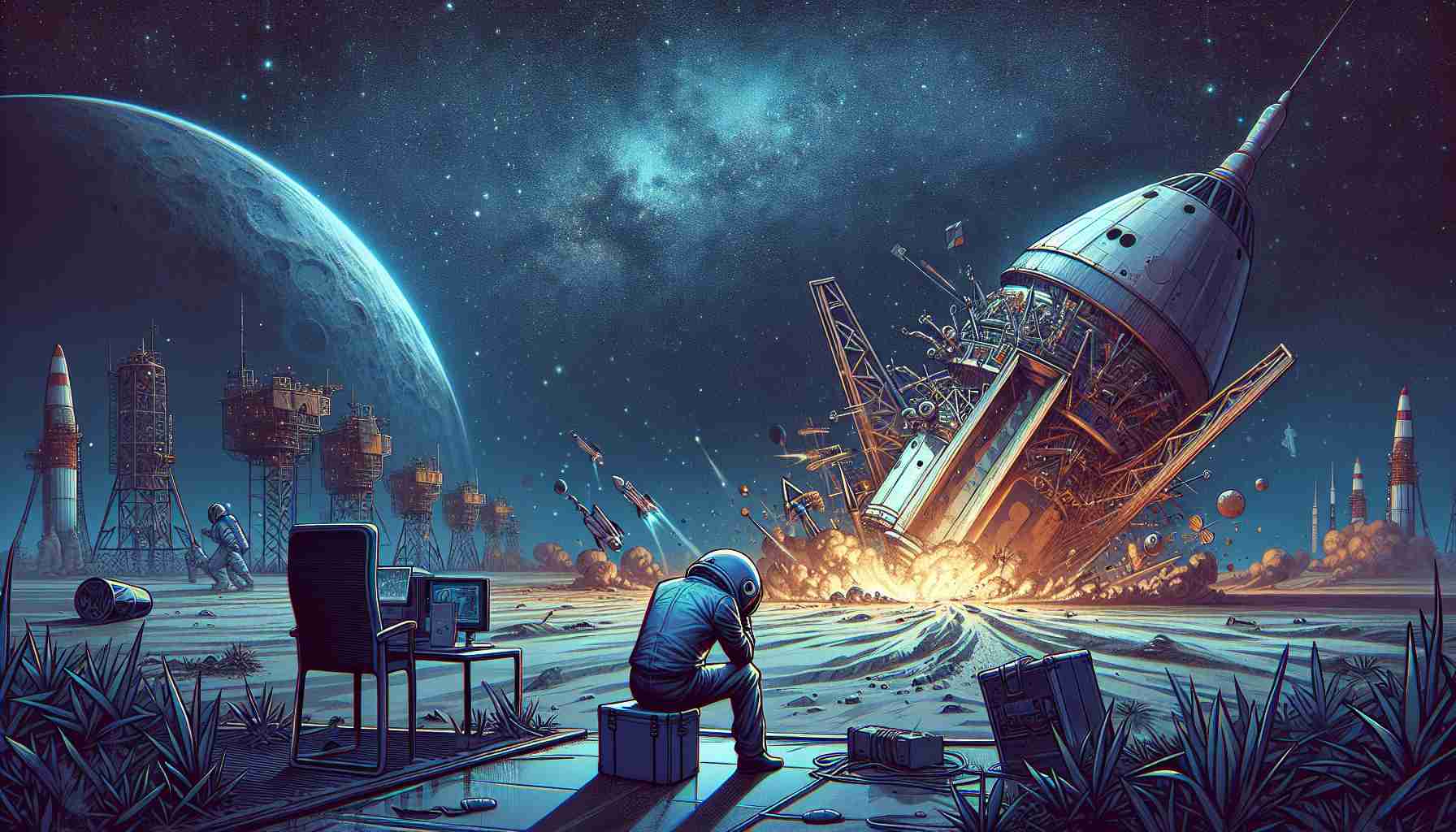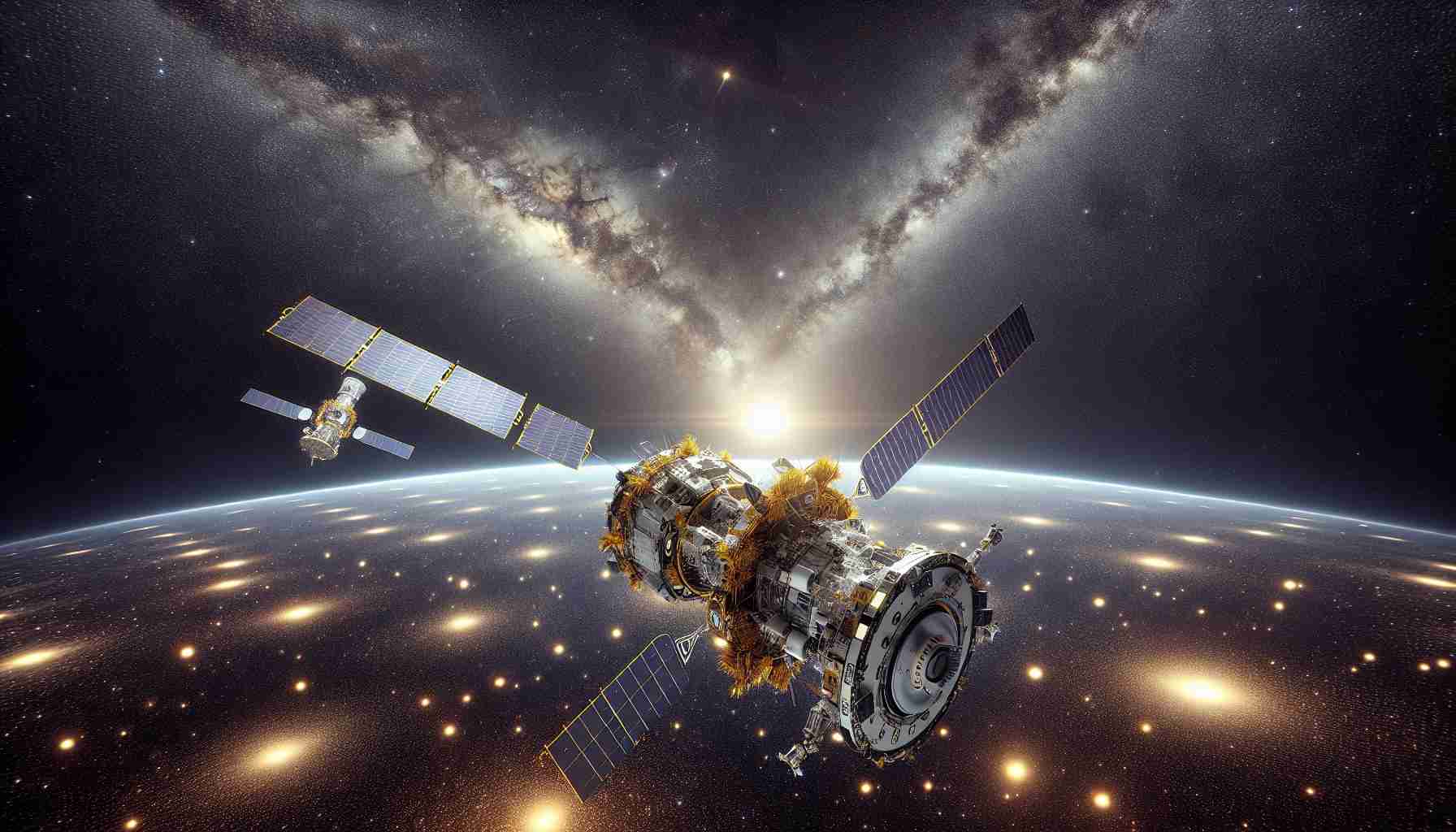An ambitious space mission faces another hurdle. The Indian Space Research Organisation (ISRO) has delayed the docking of its Space Docking Experiment (SpaDeX) satellites for the second time in just over a week.
Docking in the vastness of space is a delicate operation that requires precise maneuvering of high-speed spacecraft. As ISRO attempted to bring the satellites SDX01 (Chaser) and SDX02 (Target) within a critical distance of 225 meters, unexpected drift was detected following a non-visibility phase when tracking the satellites was challenging. This drift was more significant than anticipated, prompting the agency to postpone the scheduled docking, which was initially set for January 6 before being rescheduled to January 9.
ISRO reassured the public that both satellites are safe and operational, highlighting the importance of proper alignment in their complex project. Launched on December 30, 2024, the SpaDeX mission is critical for showcasing India’s automated docking capabilities, a technology that remains elusive to many nations.
While there has been no announcement regarding a new docking date, ISRO is actively working to refine its strategies amidst these challenges. The successful completion of this mission is vital for establishing India’s prowess in advanced space operations and furthering its ambitions in space exploration. The world eagerly awaits their next move.
ISRO’s Mission Continues Amid Challenges: What’s Next for SpaDeX?
Overview of the SpaDeX Mission
The SpaDeX (Space Docking Experiment) mission by the Indian Space Research Organisation (ISRO) is a crucial step in demonstrating India’s automated docking technology in space. The mission involves two satellites: SDX01 (Chaser) and SDX02 (Target), which were launched on December 30, 2024. The goal is to showcase India’s capabilities in high-precision satellite docking—a field where many countries strive to excel.
New Developments and Challenges
ISRO faced significant hurdles during the docking attempt originally scheduled for January 6, 2025, later pushed to January 9. During this timeframe, unexpected drift was detected between the two satellites due to challenges in visibility and tracking. This drift was more profound than predicted, which led to the postponement of the docking operation. Despite the delays, ISRO has assured the safety and operability of both satellites, emphasizing the need for proper alignment to ensure mission success.
Importance of Automated Docking Technology
Automated docking is an advanced area of space technology that allows spacecraft to connect autonomously, which is critical for future missions involving crewed space travel and long-duration missions. Successful automated docking can revolutionize how satellites are deployed and maintained in orbit, as well as how space missions are conducted, paving the way for significant collaboration in international space exploration.
Future Implications
The successful docking of these satellites is pivotal for India to establish its place among the nations capable of conducting sophisticated space operations. The advancements achieved in the SpaDeX mission could lead to future applications, including satellite servicing, space station resupply missions, and even interplanetary missions.
Pros and Cons of the SpaDeX Mission
Pros:
– Demonstrates India’s commitment to advancing space technology.
– Offers potential for future commercial and collaborative space initiatives.
– Contributes to global knowledge and capability in automated space operations.
Cons:
– Delays may impact public perception and funding for future projects.
– Technical challenges highlight the complexities involved in space missions.
Market Analysis and Predictions
As countries increasingly invest in space technology, India’s role through projects like SpaDeX could strengthen its position in the global space market. With ongoing innovations in satellite technology and automated systems, the future of space missions is leaning towards automation, creating opportunities for partnerships and advancements.
Conclusion
While ISRO faces immediate technical challenges with the SpaDeX mission, the efforts reflected in this initiative signal a strong commitment to advancing automated satellite capabilities. As updates emerge regarding new docking timelines, the international community watches closely, anticipating further innovations from India’s space agency.
For more information on ISRO and its upcoming projects, visit ISRO’s official site.



















